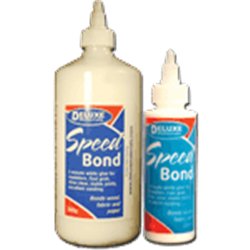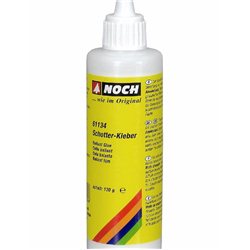The BR Mk1 coach (British Railways Mark 1) was a standard design of railway carriage introduced by British Railways...
No products
Product successfully added to your shopping cart
There are 0 items in your cart. There is 1 item in your cart.
Search Tips
How do I glue ballast to my track?
The time old tradition for laying ballast is to lay your ballast under/around your track and add watered down PVA glue mixed with a couple of drops of washing up liquid to ease surface tension.
You can also find ready to use ballast glue which is the right consistency and already contains the "gliding" agent.
There is also now a cleaner way of achieving this by using a product called Ballast Magic. This is a specially formulated powder that you mix with your ballast before laying on to track. Once the powder and ballast are mixed, add them to the track and position the ballast as you would like it to look, sweeping out excess ballast from the sleepers and any working points you may have with a clean dry paintbrush. Then spray water over the top of the ballast, the water will react with the powder turning it in to a solid form.
If you find that when the ballast is set, you don't like a certain area, this can be removed easily with warm water on a sponge.
Click here to receive the tips weekly in your mailbox. You can unsubscribe at any time.










